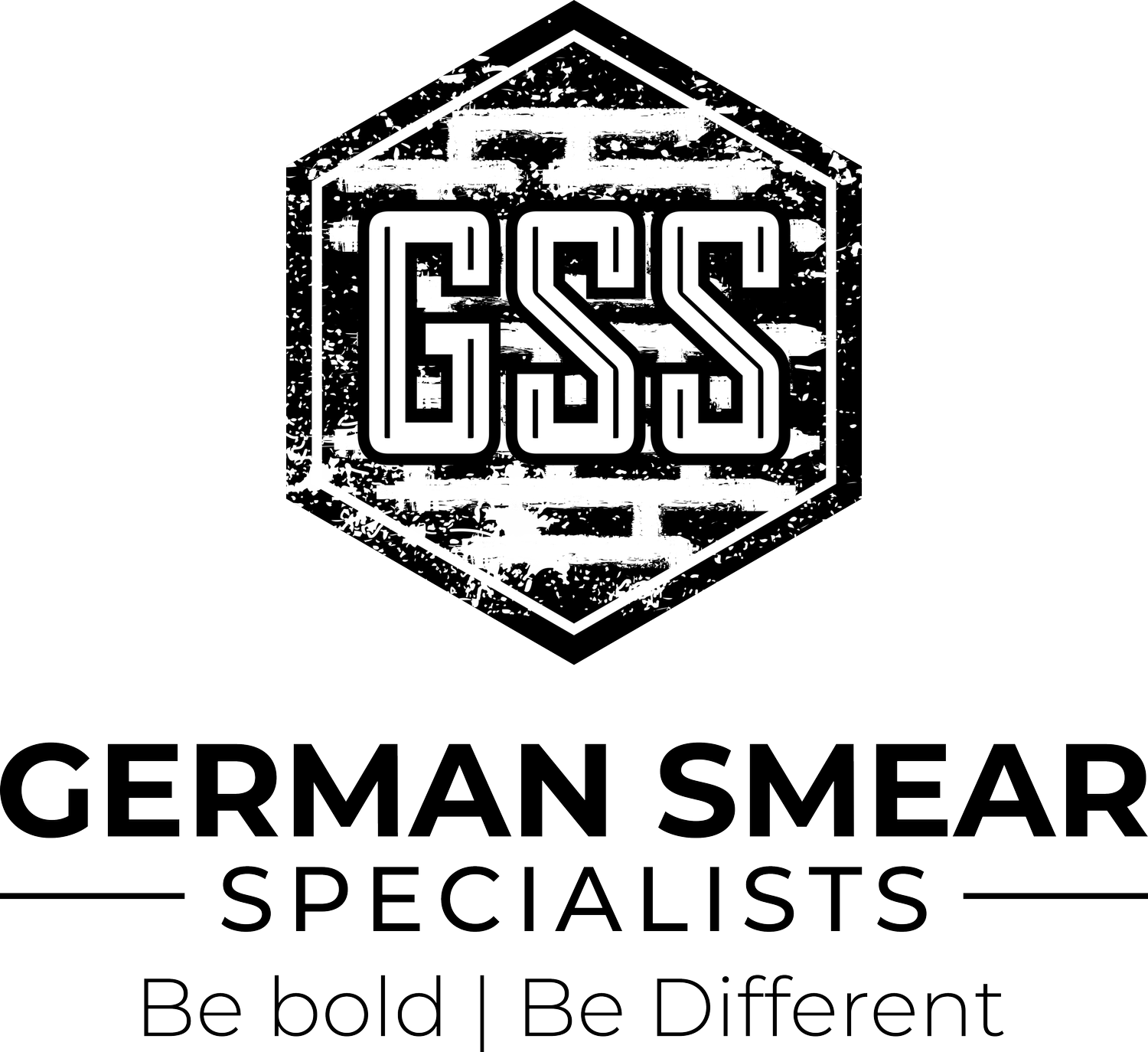German Smear Explained: Why Everyone’s Obsessed With This Brick Trend
In the world of home design and renovation, few trends have captured attention quite like German Smear. With its old-world charm, rustic appeal, and ability to completely transform outdated brick, it's no wonder this finish has exploded across Pinterest, Instagram, and HGTV alike.
But what exactly is German Smear—and why are homeowners, designers, and DIYers falling in love with it?
Let’s break it down.
🔎 What Is German Smear?
German Smear is a mortar-based brick finishing technique that creates a textured, rustic look by partially covering brick with a thin layer of mortar. Unlike paint or whitewash, German Smear allows the original brick to peek through in places, giving a timeworn, European-inspired appearance reminiscent of old German cottages and castles—hence the name.
Instead of using paint or lime, this method involves applying wet mortar and then wiping or smearing it across the brick surface before it dries. The result is a bright, irregular finish that adds both texture and depth.
Pro Tip: True German Smear is typically done with white or off-white mortar, but color-tinted options are emerging—including black, charcoal, and even bold hues for more modern applications.
🧱 Why Is German Smear So Popular?
The surge in popularity is easy to understand when you consider what homeowners want today:
Instant Curb Appeal
German Smear transforms tired, dark, or mismatched brick into a bright and cohesive focal point—without a full rebuild.Timeless European Style
The finish evokes historic charm while blending beautifully with both farmhouse and modern designs.Customizable Texture
You can adjust how much of the original brick shows through, creating a look that ranges from heavy coverage to light dusting.Low Maintenance
Since it uses mortar—not paint—it doesn’t peel or flake over time like traditional coatings.
🛠️ How Does It Compare to Limewash or White Wash?
People often confuse German Smear, Limewash, and White Wash—and while they all offer rustic brick finishes, they’re very different techniques.
🏡 Where Can You Use German Smear?
German Smear isn’t limited to just exterior walls. Homeowners are getting creative with it in places like:
Exterior brick facades
Fireplaces
Brick or stone accent walls
Entryways
Patios and outdoor kitchens
The finish works best on real brick or stone. It can also be applied to certain veneers, but consult with a pro to ensure compatibility and longevity.
🧰 Can You DIY German Smear?
Yes—but it’s messy.
DIYers with masonry experience can tackle small projects like fireplaces or garden walls. You'll need:
White mortar mix (or tinted if desired)
Trowel or gloves for application
Sponge or rag to smear
Masking tape and plastic to protect surroundings
However, for full exteriors or precision detailing, it's best to hire professionals to get the job done right—especially if your brick is old, brittle, or heavily grooved.
📸 Before and After: The Transformation Is Real
Seeing is believing. Homeowners who’ve opted for German Smear often say their home looks decades newer—and it’s one of the most cost-effective ways to achieve a luxury aesthetic without rebuilding the brick entirely.
From dark red brick ranches to multicolored stone cottages, German Smear has a way of unifying and brightening a property while adding visual interest.
Want proof? Browse real-life transformations at GermanSmear.com/gallery.
✅ Final Thoughts
German Smear isn’t just a passing trend—it’s a statement. It combines rustic elegance with practical benefits, offering homeowners an affordable and timeless way to refresh their brick surfaces.
Whether you're remodeling a fixer-upper, revamping a fireplace, or just curious about that "white brick house look" you keep seeing online—German Smear may be the perfect solution.
Disclaimer: Some photos featured in this blog may be AI-generated for visualization purposes only.


